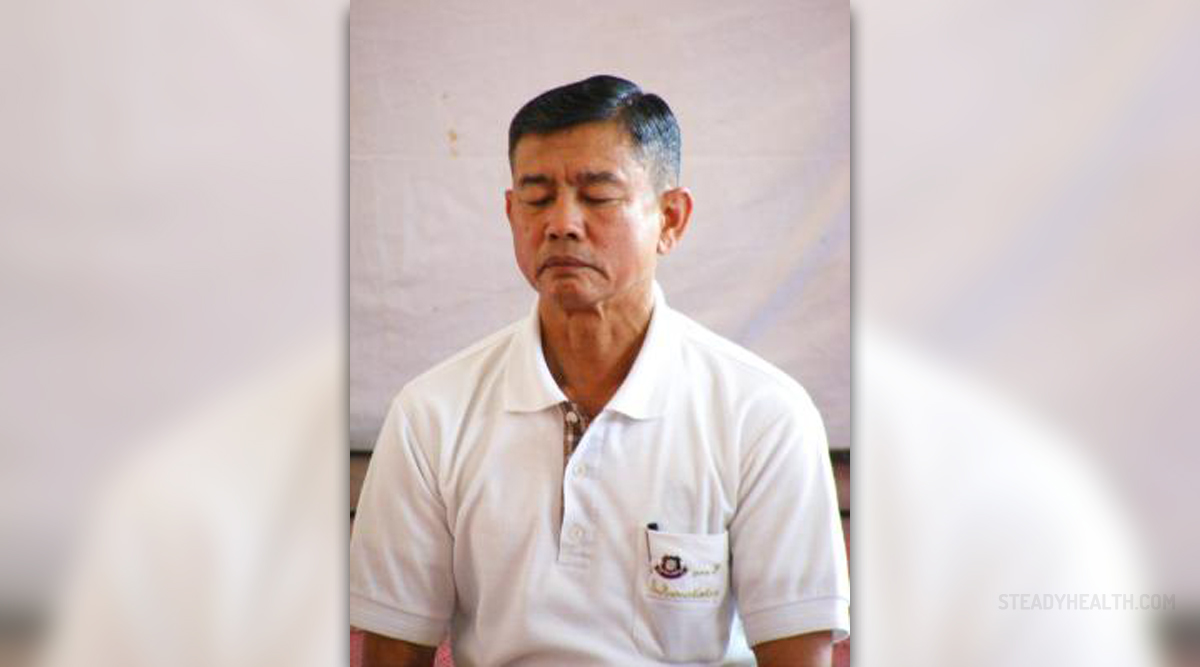
People are not aware that a lot of stress and anxiety actually come from improper breathing. The breathing is one of the most effective but also most simple ways and relaxation techniques for anxiety to control the mind and ease the intense feelings of stress. Deep fluid oxygen rich perspiration is one of the most important aspects of meditation. Even the yoga embraces strict science of breathing as one of its eight limbs. The type of breathing closely related to yoga is deep diaphragmatic breathing, something that is almost forgotten by the many of us. For some reason, people are unaware of importance of breathing, and they typically tend to breathe shallowly, using only 10 to 20 percent of the capacity of lungs. Accordingly, the body doesn’t get maximum benefits from oxygen, which is needed by every living cell in the body. This article tries to explain what diaphragmatic breathing is and how one can benefit from it.
Diaphragmatic breathing
Diaphragm is a big muscle situated at the base of the rib cage. On inhalation, diaphragm contracts and pulls downward, pulling the bottoms of the lungs downward to make space for air. On exhalation, the diaphragm releases and lets the air go out. In meditation and yoga, deep breathing is practiced on a regular basis, to help the body get used to deep and rich breath, and get used to beneficial diaphragmatic breathing. This type of breathing is very relaxing; it works upon the autonomic nervous system and therefore, helps to reach advanced levels in meditation.
How to perform diaphragmatic berating?
Diaphragmatic breathing should be practiced as often as one can. It has absolutely no side effects, but it is something that an individual has to practice before it becomes an unconscious habit. The best time for practice is early in the morning and again before going to bed. One needs to set aside just a couple of minutes to perform this simple exercise.
One should breathe deeply through the nose, allowing the ribs to spread and let the air enter the lungs completely. Breathing should be smooth, performed in a single steady flow. However, there is no need to try to inhale as much air as it is possible. Breathing should be comfortable, according to one’s own capacity, and it is also important to try not to make a mountain out of a molehill the depth of breathing. The complete process should be easy, smooth and very relaxing, without any strength and effort. Another important thing to remember is to breathe continuously and stay focused on the flow.









-And-Breathing-Problems_f_280x120.jpg)







Your thoughts on this
Loading...